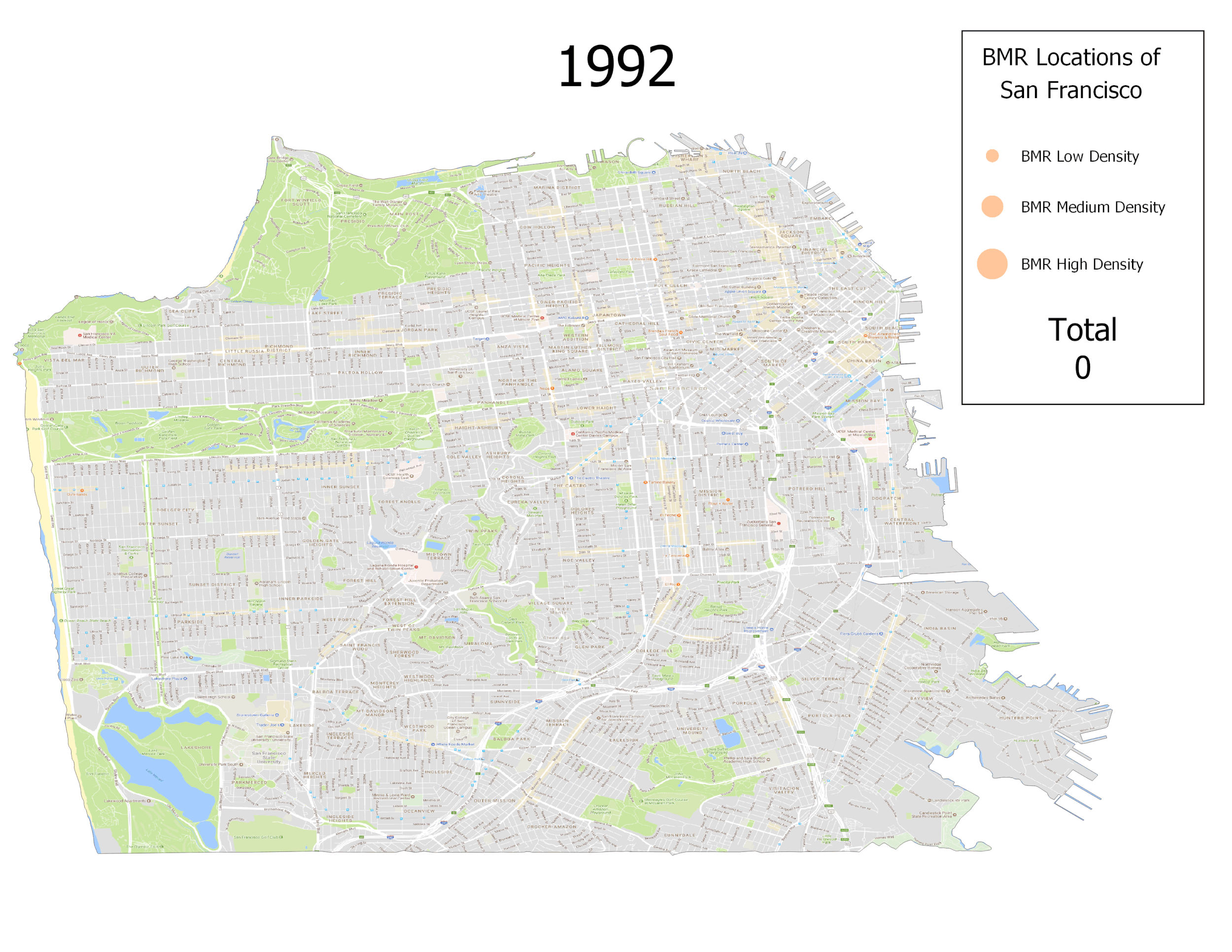Where Is The Affordable Housing Located?
/Campaign Season
Our mayoral election is in full swing and many of the candidates are talking about the housing crisis, its effects on San Francisco and how they plan on changing things. The housing crisis has been center stage with its pervasive homelessness, lack of affordable housing or the debate of Senator Weiner’s SB 827 bill. So, I decided to take a look at an affordable housing program in SF, the Below Market Rate (BMR) program.
Background
The BMR program started in 1992 and is a system that allocates a certain amount of new construction specifically for lower-income. Based on the code, if the condominium complex is larger than 10 units, the developer has a couple of options to fulfill the law. The developer can pay a fee into an affordable housing fund, it can dedicate a certain percentage of the units as BMR within the complex or it can build units at a separate location dedicated to BMR.
Eligibility
The BMR program is run by the Mayor’s Office of Housing and Community Development (MOHCD). The requirements for purchase are:
First time home buyer;
Are income eligible; (See here.)
Take 6 hours of classes;
Be pre-approved for a loan;
And have enough savings for closing costs.


